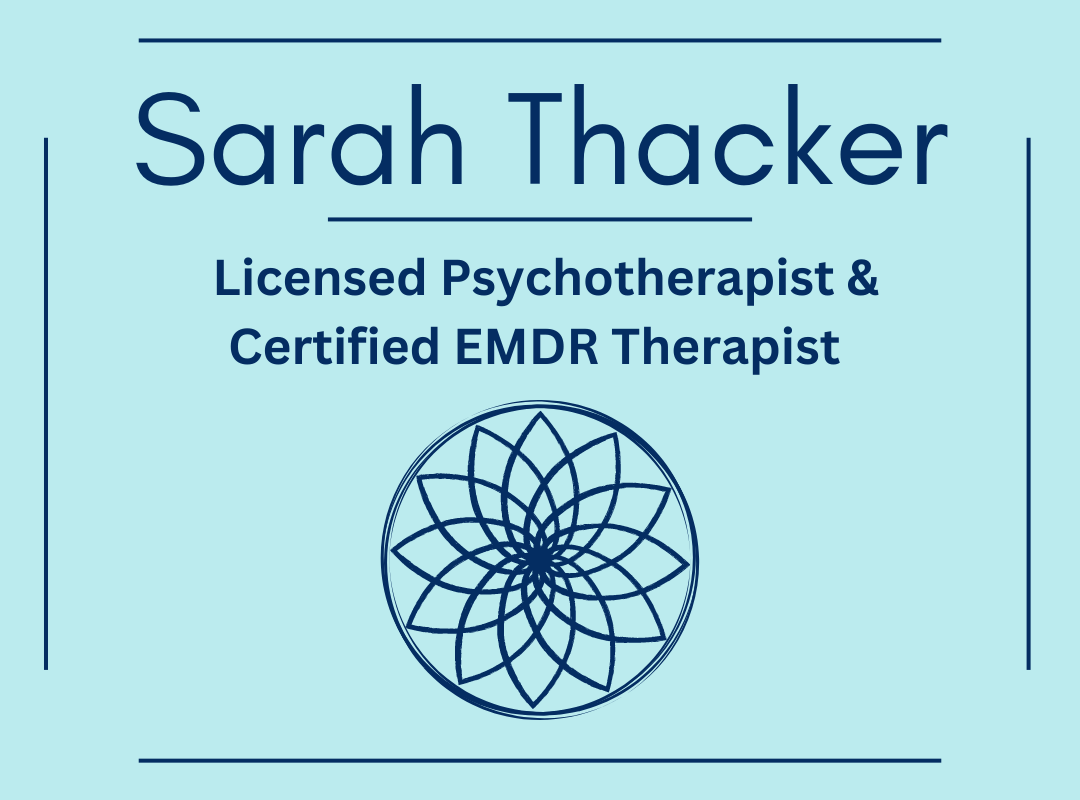The first principle of intuitive eating as created by Evelyn Tribole and Elyse Resch is Reject the Diet Mentality. Did you know that the diet industry has about a 95% failure rate and yet it is one of the most profitable industries out there? That’s pretty frightening, and yet anytime someone feels frustrated by the previous diet that didn’t work, they can get sucked into the false hope of another one that may just be the golden ticket to lose weight (which most likely it won’t…). Even worse, chronic dieting can create a very unhealthy relationship with food and lead to disordered eating patterns.
The trouble with any diet is that when you begin, you know full well that there will be an end point. This end point might be a desired weight goal, size goal, event or season. What happens at that diets end point is the need to eat, to feel satisfied and to make up for lost time of deriving yourself from receiving pleasure from food. While it might begin with the intention of just this once I’ll eat this or that, or there’s a special occasion, and eventually the old patterns of eating find their way back into your life and the weight gain increases rapidly—way more rapidly than it took as you suffered to lose it. What may have taken months to achieve can be overridden in a couple of weeks.
It is clear that dieting and deprivation do not work for the long term. Diets feel restrictive, punitive and at times joyless and frustrating. In our current culture we have now shifted diets into new shiny wording of wellness and lifestyle to take the edge off. However, if a lifestyle or wellness plan requires complete restriction of certain foods it’s still a diet. If you are attempting to create an actual path to wellness with a desire to heal your relationship with food, any diet or lifestyle will most likely keep your feelings and thoughts about food and your body at the top of your mind. When this occurs it often creates stress and anxiety over food which only more negatively impacts the cycle of emotional and stress eating patterns.
Intuitive eating invites you to become the expert on what your body wants and needs—not a dietary theory. When you reject the diet mentality you can release the rules about food, the judgments you project on food and in turn inevitably internalize towards yourself. Then, you are able to step into being in tune with your food, your body and your internal experiences more fluidly and decisively.
Intuitive eating is a pathway to connecting with yourself and your body where you create a new and powerful way of being with your food that encourages health and wellbeing in mind and body. When you reject the diet mentality you might feel lost or worried that you might overdo it with food, and in the beginning you just might. However, the truth is that when you tune into your body you can recognize what foods satisfy your body, what foods make you feel good, vital and satiated.
When you integrate mindful eating into this first principle you can build a way of being with your food that is both informative and pleasurable. As you begin to let go of the diet mentality, commit to a daily practice of eating one meal or snack in a mindful way. When you eat mindfully, you notice the impact of what you are eating on your mind and your body.
Mindfulness is all about being fully engaged with the present moment without judgment. When you release judgments of your food (salad: good, pizza: bad) you are just eating what you are choosing to eat in this moment. When you tune in, eat slowly, pay attention to how your food makes you feel, you begin to create your own record of what foods make you feel good, of what foods allow your body to feel vital and the foods that you truly derive pleasure from and enjoy during and after eating them.
When you find that you are eating and you are not hungry, that is information that you are most likely in a pattern of emotional or stress eating. You can disrupt this with the pause, reflect, release practices to ensure that you give space for your emotions and stress in a way that does not involve food. That way when you are eating what you enjoy, you can focus on and be engaged with the process of eating, not the squashing of emotional discomfort.
Over the next week try these practices to begin rejecting the dieting mentality, integrate mindful eating practices and tune in to the wisdom and intuitive of your mind and body:
- Keep a log of any dieting thoughts, fears, shoulds, hopes, shame…
- Practice mindful eating each day with one meal or snack
- Prior to eating allow yourself to tune inward and relax your body and mind and ensure that you have minimal distractions
- Eat slowly, chew thoroughly and engage all of your senses
- Practice nonjudgment of your food—stay away of thoughts of good/bad, superior/inferior
- Make notes on how your food makes you feel and how satisfied and satiated you feel
- Notice any tendency to restrict, count calories, any behaviors that feels like a diet
After practicing this process for the next week or so, go back and reflect on your log and journals and make any notes about insights you gain into what it means to let go of the diet mentality and step into mindful eating. Let me know how it goes!



